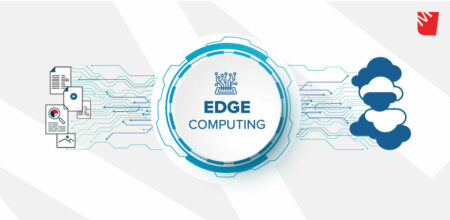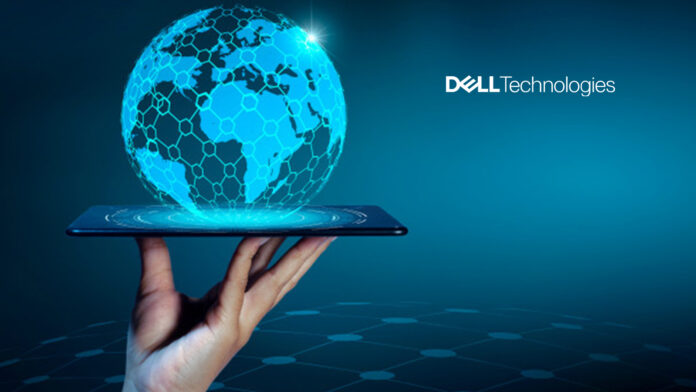Dell Technologies has issued a list of the top edge computing trends and possibilities.
The ‘do anything from anywhere’ economy necessitates a sophisticated IT infrastructure capable of handling the massive amounts of data it creates.
Edge computing, 5G, artificial intelligence (AI), and machine learning (ML) are all emerging technologies that are speeding up the finding of insights from data as well as the digitization of important business operations.
Compute platforms at the edge will enable lightweight architectures that can be successfully implemented despite geographical, environmental, power, and connection constraints in the present era of Edge Computing. These designs are safe and can handle applications that require real-time analytics, allowing organisations to create better customer experiences.
In India, 5G adoption is also driving edge data centre investments, and we predict consumption-based models, edge computing, and multi-cloud settings to thrive by 2022. Dell’s focus will remain on simplifying and updating IT infrastructure while lowering infrastructure costs as IT infrastructure becomes more distributed.

What to expect in 2022 when it comes to Data Management’s Competitive ‘Edge’:
Modern data management is poised to evolve as digital transformation continues across industries. The vast majority of the world’s data is likely to leave the public cloud, where non-real-time, centralised data was previously managed.
We expect the entire data management ecosystem to build and use edge IT capacity at the entrance and egress of their data pipelines, and to process and digest data remotely on the edge. The amount of edge workloads will continue to rise as the data management ecosystem expands to the edge, and data management will become a new type of workload.
Edge platforms are expected to become increasingly capable and prevalent in 2022, with workloads and even public cloud edge moving to software-defined architectures. The optimal strategy for edge deployment in multi-cloud scenarios will be a combination of contemporary edge platforms and software-defined edge systems.
Furthermore, software-defined edge workloads will aid enterprises in avoiding unmanageable edge infrastructure sprawl that would otherwise occur if each edge workload had to develop its own dedicated platform.
Software-defined packages that leverage common edge platforms of IT capacity will offer advantages of speed, economy, and efficiency as enterprises begin to deploy their data, IoT, and application pipelines to the edge. Because they use an underlying platform of stable capacity, software-defined packages will offer advantages of speed, economy, and efficiency as enterprises begin to deploy their data, IoT, and application pipelines to the edge.
Dell Technologies presently provides edge platforms for all of the major cloud stacks, all of which use the same hardware and delivery techniques.
Bottom-line
Edge computing has a bright future as devices become smarter and computers perform more complex calculations and convey more data. Edge computing meets the growing demand for fast and secure data access in the way that businesses and consumers want it.
Follow and connect with us on Facebook, LinkedIn & Twitter

